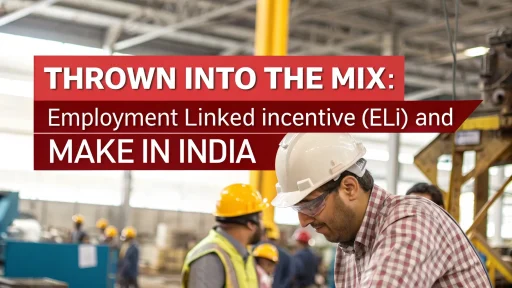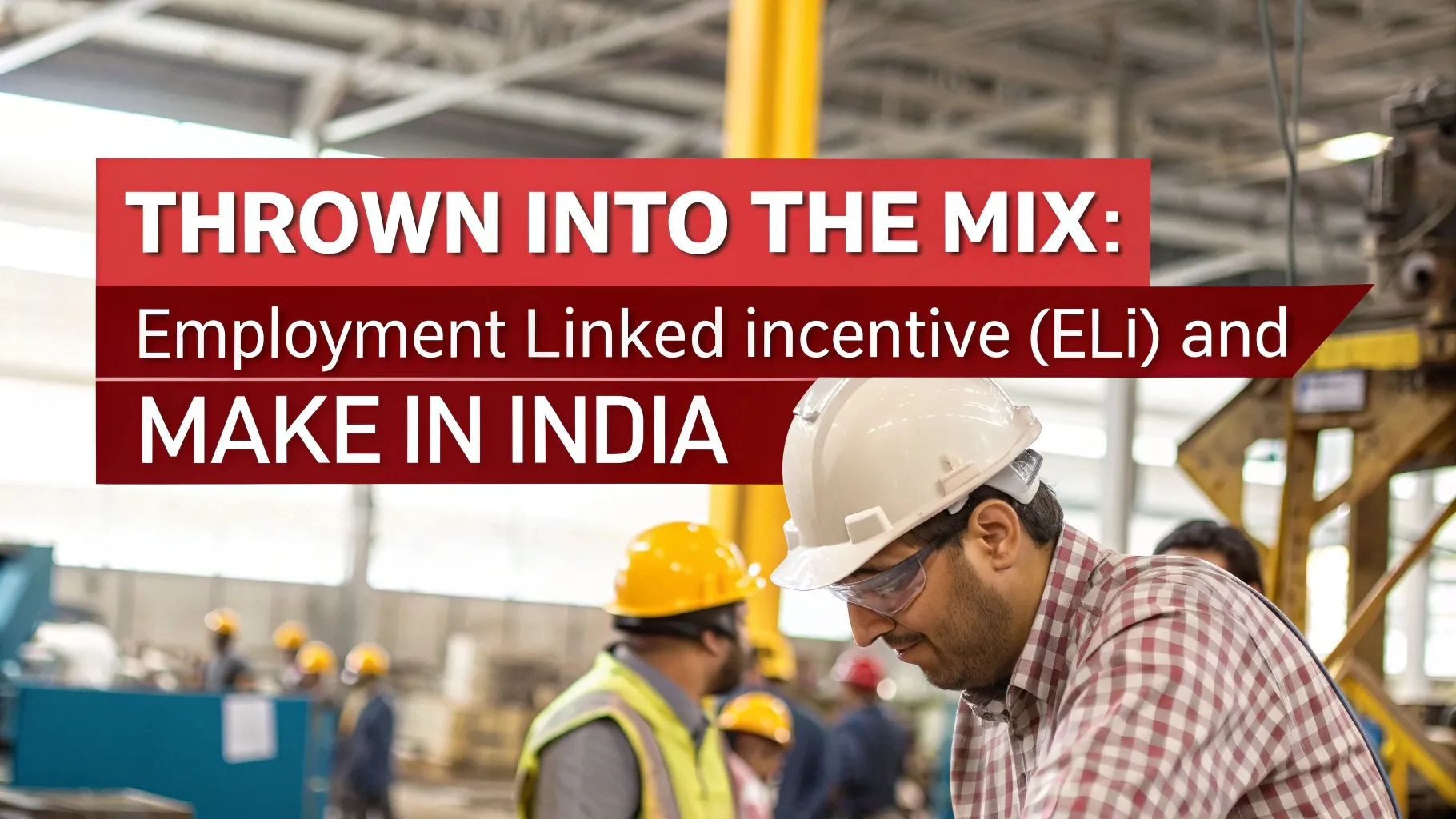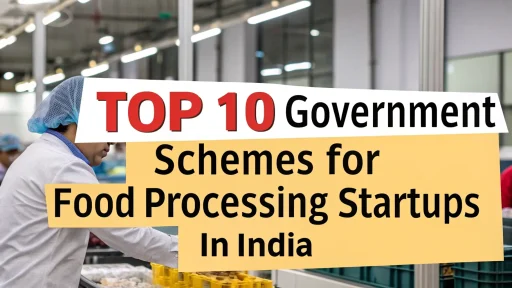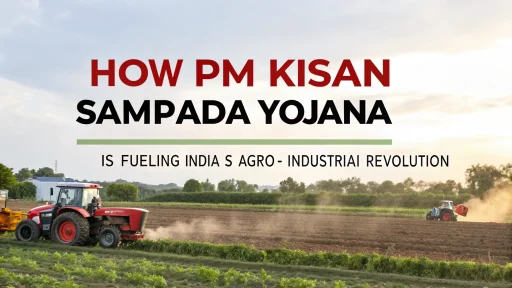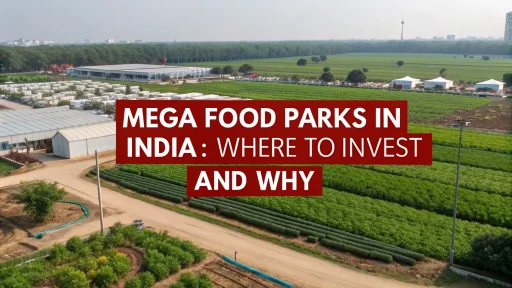India’s Strategic Shift Toward Job-Generating Manufacturing
As India strives to achieve its vision as a global manufacturing hub, its policies are shifting from focusing solely on the Employment Linked Incentive. It remains to be seen whether the PLI and investment subsidies will incentivize investments in electronics, pharmaceuticals, and solar modules, but a greater challenge will be how manufacturing can boost employment opportunities throughout the country, particularly in rural and semi-urban areas.
In light of this, the Government is trying to address a new dimension of industrial policy with Employment Linked Incentive (ELI) schemes. These schemes financially reward businesses for increasing production and providing formal job opportunities, thereby awarding firms for both meeting and exceeding targets. When placed within the larger Make in India framework, this dual-incentive system significantly promotes inclusive industrialization spread across various regions.
Here, I discuss how ELI schemes can complement PLI, where the employment-rich sectors are located, and why entrepreneurs, MSMEs, and industrial startups need to brace themselves for shifts where the incentives will not be only based on numbers, but people.
Overview of Employment-Linked Incentive (ELI) Model
Essentially, an Employment-Linked Incentive (ELI) is a subsidy, or tax benefit offered to a particular sector, awarded about the number of new formal jobs created over a period of time. Unlike traditional incentives which reward either capital investment or export growth, ELI schemes focus on employment generation, retention, and formal absorption of workforce into a company’s payroll.
ELI Important Features:
- Labor-intensive industries including garments, electronics assembly, packaging, toys, agro-processing, and construction products are eligible to apply.
- Registration of employees with EPFO/ESIC is mandatory which ensures formality in employment.
- May have supplementary incentives for hiring women or inhabitants of backward regions.
- Employment retention and job maintenance are set at a bare minimum.
- Could be offered in combination with skill development schemes like PMKVY or state level skilling programs.
ELI marries industrial expansion with employment opportunities, enhances productivity performance in factories and alleviates underemployment in India’s non-metro manufacturing regions.
How ELI Complement Relates to Make in India and PLI Schemes
Despite the PLI scheme promoting companies to increase output and capital investment, it has mostly benefited capital-heavy, technology-centric companies. Smartphone manufacturing, APIs, solar PVs, and white goods industries post immense gains, but the employment generation impact was very modest.
This is where ELI serves as a corrective and complementary mechanism.
| Focus | Complement |
| Production, Capex, Exports | Formal Employment Generation |
| Target Companies | Large manufacturers, multinationals |
| Incentive Metric | Output, Value Addition |
| Synergy | Can co-exist in blended incentive schemes |
Take, for example, a business that is distributing LED lamps. They can be encouraged by the PLI to increase the scale of production and under ELI get benefits for hiring over 300 new personnel for the assembly, testing, and packaging portion of the work, particularly if those workers come from tier three towns or trained through partnerships with local ITIs.
Therefore, ELI helps to rectify the jobless growth pattern first observed in the high tech sectors recovering under Make in India policies.
High ELI Potential Sectors in India
In order to align with both the demand in manufacturing and the employment opportunities available, the government is likely to focus on labor scalable sectors. These also leverage well India’s demographic dividend and the skills of the available workforce.
1. Textiles and Garments
- Strong opportunity for employment, particularly for women
- Opportunity for scaling through PM-MITRA parks
- ELI can encourage compliance scaling for small garment hubs
2. Food Processing and Agro-Based Industries
- India holds the position of the second largest producer of food grains and vegetables
- Processing of fruits, dairies, and grain milling have the potential to create rural employment opportunities
- Seasonal hires and women workers can be targeted through ELI benefits
3. Electronics Assembly
- Mobiles, PCBs, and consumer electronics require skilled workers
- Integrates well with current PLI framework
- Tier-2 assembly subcontracting units can be stimulated through ELI
4. Toy Manufacturing and Light Engineering
- The reduction of plastic toy and simple tool imports drives the Make in India initiative
- ELI schemes can promote toy clusters in Gujarat, UP and Karnataka region
5. Packaging and Printing
- Manufacture of corrugated boxes, offset printing and flexographic printing
- High demand in FMCG, pharma, e-commerce
- ELI benefits for semi-urban printers to hire low-skilled workers
6. Construction Material Manufacturing
- Making blocks, precast concrete, steel fabrication and sanitary ware
- The booming real estate and infrastructure industries provide high demand
- Positions for construction workers, material handlers, quality control technicians, and equipment operators
Related: Decoding the PLI Scheme: Launching Your Startup in Electronics, Textiles, or Pharma APIs
Under the ELI-Driven Ecosystem New Business Ideas Can Be Started
New policy ideas from ELI in the coming years opens a window of opportunity for early-stage entrepreneurs and startup businesses.
Designing job-rich business models help them achieve:
- Higher ease of regulatory approval
- Priority status for credit-linked schemes
- Fast-tracked land and utility allocation from state industrial parks
Aligned Start-Up Models with ELI + Make in India:
1. MSME Assembly Units for OEMs
Contract manufacturing for appliances, medical devices, auto components, or lighting can absorb 50-300 workers per unit and provide long-term contractual employment from large purchasing parties. ELI incentives can help de-risk labor costs and reduce costs from pay-per-unit servicing.
2. Skilling Integrated Manufacturing Parks
A start-up that builds and operates plug-and-play units for garment or electronics assembly with integrated skill training centers stand to earn from government reimbursements on skilling-linked monetized productions.
3. Job-Centric Agro-Processing Clusters
Agri-rich regions can establish year-round employment for the youth and women through the set-up of cold-pressed oils, spice processing, and millet snacks to frozen fruits manufacturing branches. These can also link to Farmer Producer Organizations (FPOs) and foreign markets.
4. Women-Focused Home Assembly Businesses
Micro-units to assemble pens, package soaps, or stitch uniforms can fall under the micro-ELI incentive. Social enterprises and NGO’s can act as aggregators while empowering communities.
Manufacturing Outline: ELI-Suited Products
Products that qualify under ELI must have a manual or semi-automated workflow with multi-shift operations. For example, let’s consider textile garment manufacturing.
Process Flow:
- Sourcing and inspecting fabric materials – Procuring from mills and ensuring quality standards
- Cutting – Spreading fabric layers and cutting through manual or semi-automatic means
- Stitching – Line sewing with industrial machines
- Finishing and checking – Adding buttons, trims, and conducting quality inspections
- Ironing and packing – Manual ironing and basic packaging
- Warehousing and dispatch – Batch labeling and logistical operation
Each stage can employ from 5 to 50 workers based on volume. Other such ELI-friendly processes include:
- Spice powdering and sieving
- Corrugated box die-cutting and folding
- Toy painting and final packaging
- LED light housing and soldering
A startup that configurates such a unit with productivity standard operating procedures (SOPs) and basic automation will increase output while retaining expenses. This qualifies them for both, “Make in India,” and ELI incentives.
Obstacles in ELI Implementation—and the Path Ahead
As much as ELI attempts to align with India’s goals, it does pose certain challenges. Here are some of them:
- Prevention of bogus claims through enforcement of stringent tracking systems for labor data
- Retention of workers hired under ELI beyond the 3–6 month period
- Integration with local skilling centers and ITIs
- Striking a balance between subsidizing job creation versus subsidizing value addition
- Prevention of abuse by labor contractors or shell entities
We encourage the states with high unemployment and industrial potential—such as Uttar Pradesh, Bihar, Odisha, and Jharkhand—to focus on customizing ELI frameworks to stimulate MSME development.
Related: Production-Linked Incentive (PLI): Powering India’s MedTech Revolution
How NPCS Can Help With ELI-Aligned Industrial Startups
If your business idea is to start a garment stitching unit, a light engineering hub, or even a rural food processing plant, then overcoming challenges posed during the ELI era will rely heavily on making your project both process-efficient and job-centric.
NPCS is more than ready to help.
NPCS:
- Prepares Comprehensive Market Survey and Detailed Techno-Economic Feasibility Reports
- Offers specialized advice on the production processes, materials needed, plant design, and the financial plan
- Assists the entrepreneurs in evaluating the feasibility of establishing a new industry or expanding an existing one
By aligning the design of your manufacturing unit with ELI goals, NPCS guarantees that you will not only meet output requirements but also create recognized, incentive-eligible, jobs.
Conclusion: ELI Adds a Social Multiplier to Industrial Growth
India’s long-term economic vision is no longer limited to GDP growth—it is about job-led, regionally balanced, and socially impactful industrialization. The introduction of Employment-Linked Incentive (ELI) policies alongside Make in India and PLI marks a pivotal policy evolution.
For entrepreneurs and startups, this presents a unique opportunity:
- Build scalable manufacturing units
- Hire and skill workers sustainably
- Access financial incentives while fulfilling national priorities
If your startup is ready to grow not just in numbers, but in people—then ELI isn’t just a policy. It’s your strategy.
Planning your ELI-compliant industrial venture?
Niir Project Consultancy Services (NPCS) offers:
- Market-backed feasibility studies tailored for labor-intensive sectors
- Reports covering production processes, raw materials, and plant layout
- Guidance to assess industrial project viability in alignment with emerging incentive schemes

